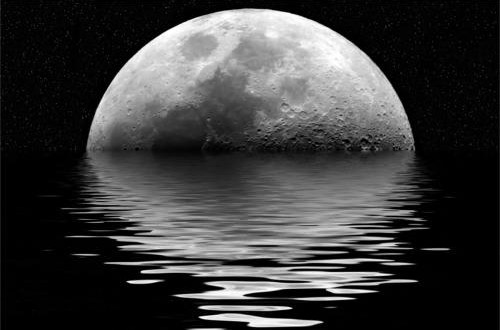According to a new study, the findings of which are published in a paper titled “The Lunar Apatite Paradox” in the journal Science, the most widely used method for estimating the amount of water in lunar rocks could be deceptive, say researchers.
According to the researchers, the study revealed that the unusually hydrogen-rich apatite crystals found in many lunar samples may not have formed within a water-rich environment as it was originally thought. Scientists use the mineral apatite method for estimating the amount of water in lunar rocks.
“Our new results show that there is not as much water in lunar magma as apatite would have us believe,” Boyce said while announcing the findings.
It was an age-old belief that the moon was almost entirely devoid of water. But the 2010 discovery of hydrogen-rich apatite within lunar rocks hinted at a more watery past.
The researchers say, the findings have indicated that the apatite may not be a reliable indicator of water levels on the moon. They believe that the high water content on lunar surface is likely due to a “quirk” that adds hydrogen as it crystalizes.
Boyce says, the high water content within lunar apatite is the result of crystallisation process and not a water-rich lunar environment.
The findings of the study were published in the journal Science.
Agencies/Canadajournal
 Canada Journal – News of the World Articles and videos to bring you the biggest Canadian news stories from across the country every day
Canada Journal – News of the World Articles and videos to bring you the biggest Canadian news stories from across the country every day



